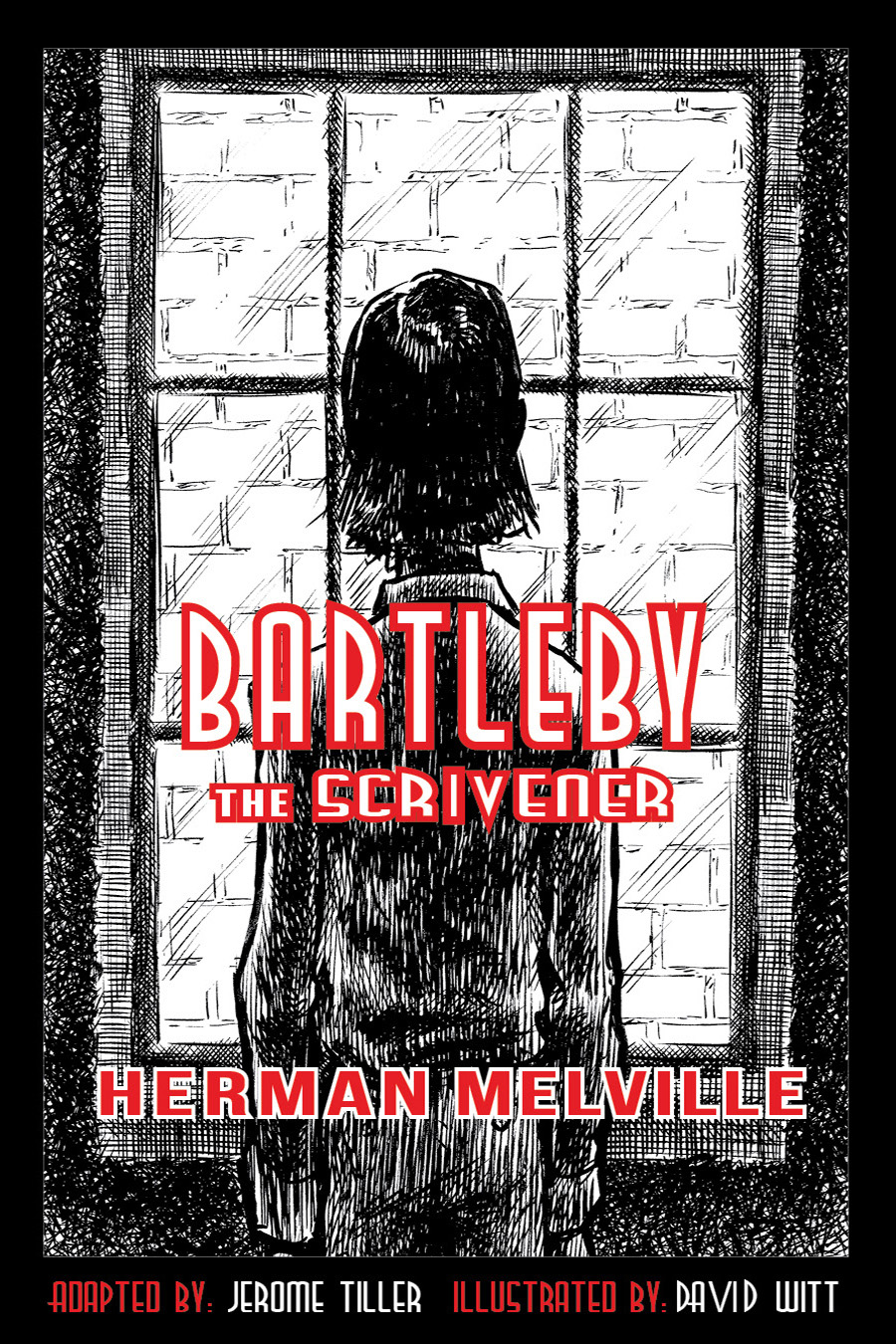How We Work Together - Illustrator and Adapter - Illustrated Literature
How we work together, Illustrator and adapter, on our Adapted Classics collection of illustrated literature, required an explanation. Deciding how to explain my role was bothering me as I prepared to make a presentation to a fourth grade class of students at the Community School of Excellence in St. Paul, Minnesota. I knew it wasn’t bothering Marc Johnson-Pencook. He could talk about drawing all day long. He could demonstrate his methods of composition using the tools of his trade and the skills he had developed to become one of the best pen and ink illustrators ever. And he could do it on full display right there in the classroom.
But me? I’m just the guy who makes room for the illustrations Marc renders so we can place them into stories written long ago by great and famous classic authors. That’s about it, I told them. But the students wouldn’t let me off the hook that easily. So I told them more. I didn’t have a choice. They interrogated me in public, so I told them more. We got into finer details.
As adaptor, I told them about the criteria I use to select the stories we publish. First of all, I want stories that are not too short, not too long. The goal I set in advance needs to result in a 6” x 9’ book at least 48 pages long. And that must include the front and back matter that every book has to have. It also includes, of course, Marc’s illustrations. We need to be somewhat flexible with that. Our books usually contain from 14 to 16 single and dual page illustrations in varying combinations. I’m the one who thinks that through and decides what we need, then Marc the illustrator goes to work creating his interpretations of the scenes or characters that I select.
I like to pick stories rich with action because action illustrates well. Action also keeps all readers minds focused on the written story, but especially the minds of young readers. Bore them and you lose them, is what I always say. And dialogue. I seek stories where dialogue regularly breaks up descriptions of scenes or the musings of characters or narrators. Dialogue is a form of action. All readers want to hear what characters have to say to each other. I also like stories that contain many characters. Marc has great imagination when he renders the characters great authors describe. Crowds also illustrate well. Finally, I like stories that contain at least some humor. Who don’t like humor? And the great authors we adapt don’t let their jests fall flat, so no problem there. That’s part of the reason they are great.
Even though I try to keep classic stories close to the way they were written, sometimes I interfere. I told the students that happens most often at the beginnings of stories. Stories need to get off to a fast start for young readers. I want to interest the reader right away. Sometimes the classic stories I choose were written by authors who dawdle a little before they begin to move into the heart of the story. Their prose is great, but young readers tend to want to get a story going right out of the gate. So when necessary, I remove the dawdle and go straight to the story.
Often I also alter text to include the illustration of an interesting scene. It’s important to me to fit the illustrations adjacent to or immediately following the text that describes the scene or character I want Marc to depict with an illustration.That usually involves slight adjustments in the spacing between letters and sentence lines, but often I also have to break up paragraphs. Rarely do I have to combine paragraphs. Occasionally, I omit portions of text, but never text that I deem quite artfully put or highly valuable to the storyline.
My biggest contribution adapting classic stories are the changes I make to perfectly fine, sometimes incredibly great narratives. I dislike tampering with authors who could out-write me in their sleep. But I believe I have to make certain changes to suit the reading abilities of modern young readers. All the stories I have adapted to date were written for an adult audience. Just as importantly, they were written at least a century ago. I modify the text to simplify vocabulary that is either complex or pretty much out of date. I also change the word order of sentences if I fear the original, difficult sentence structure might impair a modern young readers comprehension of the sentence. This is a judgement call. I usually modify the sentences that unduly slow me down if I think I can successfully simplify them without ruining the meaning or the melodic flow of the sentence.
So I told the fourth-grade students at the Community School of Excellence these are the contributions I make to the adaptation of classic illustrated stories. They seemed interested, but not so much impressed. As for Marc Johnson-Pencook, they took great interest in him and praised the work he performs so well. I don’t feel bad as second banana in this collaboration. I’m totally impressed with Marc’s contributions, too.





